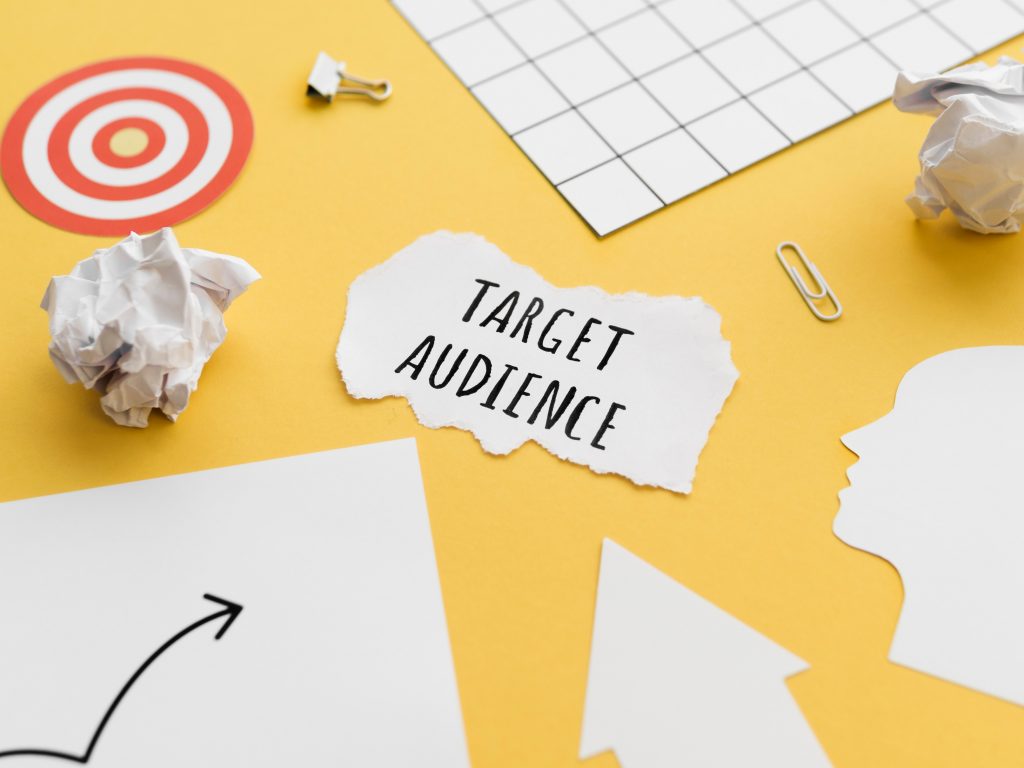Micro-Influencers vs Macro Influencers
Amongst the most prominent and successful marketing tools that the world has known, influencer marketing, at this point in time is at its peak. Despite its formal notorious image and the prejudice attached to it, today in 2020, influencer marketing is an industry worth around $10 million and is expected to go up to $15 million by the year 2022.
Through influencer marketing we got influencers or some might say that it is the other way around. Either way, influencer marketing, and influencers have become the most valuable marketing tools of today’s time.
Even though we have established that influencer marketing is undoubtedly very effective marketing too, some are still struggling with its application. And the most debatable aspect of it is which influencers to use? Are micro-influencers better than macro-influencers? Should you even consider working with micro-influencers? The usual micro vs macro-influencers discourse is never-ending. But there are certain things and differences that are noteworthy.
Earlier, the confusion was if you should even use influencer marketing and now the dilemma has shifted to whether to collaborate with micro-influencers or with macro-influencers or with both? Before we attempt to disclose an explanation to this question, let us address the stigma attached to both the categories of influencers.

What do people think about micro-influencers?
- The most common notion around micro-influencers is that they do not have enough followers to be an influencer.
- They are doing it for recreational purposes and because being an influencer is a trend that they wish to be a part of.
- They just want to be famous and get free products.
- They do not add any value to the brand and its sales.
- Micro-influencers are not very authentic and lack engagement.
- They do not charge anything and promote the brands for free.
Call them assumptions or myths, either way, this is what a lot of people think about micro-influencers. But are these things true? We’ll find out in a bit. But first, let’s see what’s on the list for macro-influencers?
What do people think about macro-influencers?
- They all have a very high engagement because they are famous on social media.
- Anybody with more than 100k followers is a macro influencer.
- Big brands should only collaborate with macro-influencers.
- Macro-influencers have a lot of bot followers.
- They are very hard to deal with.
So much information about influencers and influencer marketing is out there that it becomes difficult to filter the facts. Influencers are people among us, they are regular people who gain popularity on the basis of their content and niche. There are no boundaries or certifications needed to decide who is eligible to be an influencer. It all depends on their content and the audience.
In an environment like this, myths and assumptions are bound to occur. While they must be true to some level, it is not ideal to generalize. Since there’s no gatekeeping whatsoever, the only way for a brand to be authentic with their preference of influencers is to do a lot of research.
As we mentioned earlier, there are certain differences between micro and macro-influencers which might be negligible for some but also a game-changer for others. Let’s see what are those with respect to different types of influencer marketing.
Micro vs Macro Influencers
- No. of followers
If an influencer has followers between 10k to 100k, then they are under the category of micro-influencers. Individuals with a following between 100k to 1 million are macro-influencers. There is no surprise that there is a certain amount of obsession with the number of followers on Instagram amongst everybody, be it regular users, influencers, or even brands.
The number of followers that both the category of influencers have can differ. But before you collaborate with any category of influencers, the common thing that you must do is not limit or overextend their potential just on the basis of their number of followers.

- Target audience
Every brand has a different set of target audiences depending on its niche. When working with micro-influencers, the opportunity to narrow down to your choice of the target audience is easier. Compared to the macro-influencers, they have lesser followers which means that people who follow the micro-influencers are more likely to be there solely because they like their niche and content. So when you want to narrow down your target audience, working with micro-influencers can bring you desired results.
Macro-influencers have a large number of followers. While their profile is more about their niche content, there are a lot of other things that a macro-influencer is engaged in. Hence, they tend to have a very dynamic set of followers. Their audience consists of people who like their content, who like their pictures, who follow them just because they are famous or because they get access to discount codes. So, if you are looking to target audiences from different backgrounds, interested in different niches, you can work with macro-influencers.
- Engagement
Reports show that micro-influencers have an average engagement rate of 7%. Whereas, the engagement rate of macro-influencers is between 3% – 5%. Does it mean that macro-influencers have less engagement? No, not really. Engagement rate is calculated as the total number of interactions any content receives divided by your total number of followers, multiplied by 100%.
For macro-influencer, with an increase in the number of followers, the overall interaction definitely increases, however, the total engagement rate might not always be high. There are macro-influencers who have an engagement rate of 7% – 10%. Certain niches receive high interaction while others don’t. So how to decide which influencer to go for?
The goal you set for yourself will decide that. If you want to achieve a certain amount of engagement, clicks, conversions, views, followers, then you can compare the number of your goals with the engagement rate of influencers to decide which influencer to work with.
- How to find micro and macro-influencers?
You can find micro-influencers directly on social media platforms or on influencer marketing platforms. Finding them on social media platforms can be difficult as they are not very popular. But, you can use hashtags related to your niche and try to find relevant micro-influencers for your brand.
Approaching micro-influencers is easier than approaching macro-influencers. Micro-influencers are always on the lookout for gigs and hence, when you reach out to them they are quick to act on it. Whereas with macro-influencers, given the amount of diverse work they have, they are unable to be as quick as them to respond.
However, WORD Marketplace, as an influencer marketing platform that helps you find influencers, lets you have an opportunity to work with any and all kinds of influencers, both micro and macro. All you have to do is post your campaign brief and wait for eligible influencers to approach you with their content.

- Investment
Micro-influencers are more cost-effective than macro-influencers. It’s a true fact. The logic behind this is the same as every other profession. You have to hustle at the beginning of your career. You have to invest less in micro-influencers than macro-influencers and no, it does not compromise with the results.
Both micro and macro-influencers are suitable for all business types and sizes. However, most small brands prefer working with micro-influencers because they don’t charge a lot and in certain cases, they do not even need monetary compensation. Big businesses generally have big budgets and working with multiple micro-influencers is something that can bring them a huge amount of reach and engagement.
As for macro-influencers, they do charge more and are mostly preferred by big brands as they can afford them. But, if you are a small business that wants to collaborate with macro-influencers, know that if your brand or your work interests the influencers, they will be willing to do it under negotiable terms. So shoot your shot!
- Local vs global
Micro-influencers are local whereas macro-influencers are either national or global. Depending on your campaign, if you wish to target a particular location or region, it is better to collaborate with micro-influencers in that area. It’s possible that these followers who know this local micro-influencer might also know or even follow the macro-influencer. However, there’s a sentiment or a sense of belongingness when you target the influencer situated in the target location.
Similarly, when you wish to target people all over the nation or even the world, you can count on macro-influencers. Doing a study on their followers will let you know which nations or countries are popular. That can help you choose your influencers better.
Your goals shape your entire campaign and help you in choosing the kinds of influencers that you wish to work with. Thorough research about your potential influencers can help you decide which one can be your ideal choice.
Speaking of which influencers are better, there’s one thing to note that the macro-influencers today were micro-influencers at some point in their career. So targeting micro-influencers does not mean that you are compromising with the potential of your campaign because they too work with the same dedication as macro-influencers.
The choice of influencers you wish to work with should be based on research, numbers, and your goals. And if you ever think to work with different influencers on different campaigns, then you can expect some diverse and remarkable results.



